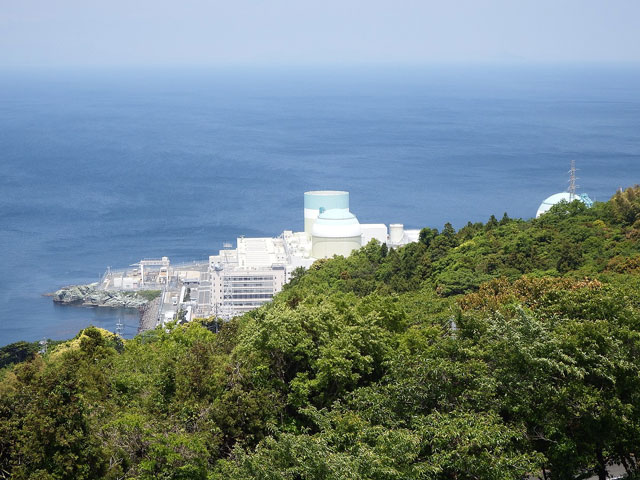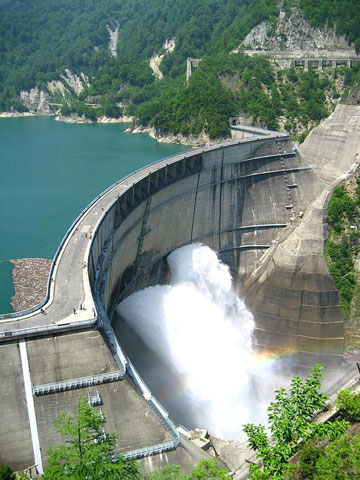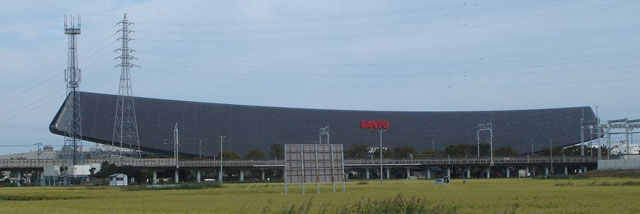News
November - Energy in Japan Updated in November 2019
September 23rd, the United Nations Climate Action Summit 2019—the world watched as Sweden’s Greta Thunberg, after sparking a global climate movement and sailing across an ocean, harshly criticized world leaders for failing to take appropriate action to address climate change.
The most important feature of our modern era is the cheap and abundant supply of energy-producing fuel. But the cheapest and most easily convertible fuels are fossil fuels whose byproducts are driving the worsening climate change crisis.
Today, let’s take a look at this problem as it stands in Japan. Which fuels does Japan use to generate its power? And what challenges exist in the future, as Japan tries to achieve a clean energy future?
In fiscal year (FY) 2016, Japan’s fuel breakdown looked like this (as detailed in the Ministry of Environment report available here):
- petroleum (~41%)
- coal (~26%)
- natural gas (~24%)
- other renewable energy (~4.9%)
- hydropower (~3.6%)
The above breakdowns represent a total of 19,810 petajoules (10^15 joules) of potential energy.
Nuclear power used to provide upwards of 10% of Japan’s total energy needs before the 2011 nuclear disaster at the Fukushima Dai-ichi power plant. All of Japan’s nuclear power plants shut down for a time, and the gap has been filled in with additional amounts of natural gas, oil products, and coal. Currently, nine nuclear reactors at five sites across the country are operating, with more scheduled in the future as Japan seeks to reach its obligations under the Paris Agreement.
After accounting for energy loss due to technological and physical inefficiencies, Japan was left with 13,548 petajoules of energy that could be consumed. In FY2016, that energy was consumed in approximately the following ratios:
- cargo transport (~9.1%)
- passenger transport (~13.6%)
- residential use (~13.8%)
- business use, etc. (~63.5%)
Little of this energy, however, was generated using renewable resources; as a result, reducing Japan’s carbon footprint is a major goal over the coming decades. Let’s take a look at current proposals to manage this carbon footprint, as well as some future challenges that will need to be overcome.
The Annual Report on the Environment in Japan 2018 lists several initiatives designed to reduce current energy consumption. Stricter recycling laws aim to increase recycling rates across the food industry; local governments are beginning to invest in bike sharing systems; and a push for wider adoption of work-from-home programs, such as Telework Day, are estimated to save on electricity and paper consumption.
Japan also faces several obstacles going forward. Despite being rich in natural resources such as forestland, Japan is poor in terms of fossil fuels. According to a 2017 report from the Ministry of Economy, Trade and Industry (METI), Japan was 34th out of 35 in terms of energy self-sufficiency.
Compounding this problem is Japan’s relative lack of renewable energy production in comparison to other OECD countries. According to the 2017 METI report mentioned above, Germany, Spain, and Italy all produced over 30% of their energy needs from hydroelectric and other renewable resources, while Japan produced only 14.5%.
Japan’s Fifth Strategic Energy Plan (2018) calls for more investment in research and development to address technological shortcomings in terms of renewable energy, but concedes that it will be a difficult, long-term process.
Meanwhile, researchers and engineers in Japan and across the world are developing the technologies of the future to help the world reach carbon neutrality. Most recently, Japan’s Hitachi Zozen Corporation was recognized for its megawatt-scale hydrogen generation system, and the NEDO group for its floating offshore wind power system.

by Dokudami CC 表示-継承 4.0

by Qurren CC BY-SA 3.0

by Monami CC BY-SA 3.0







